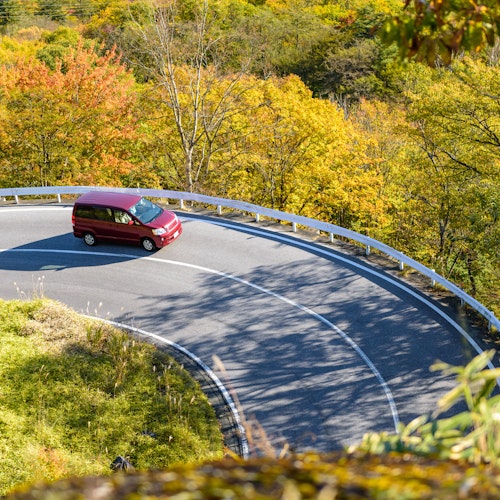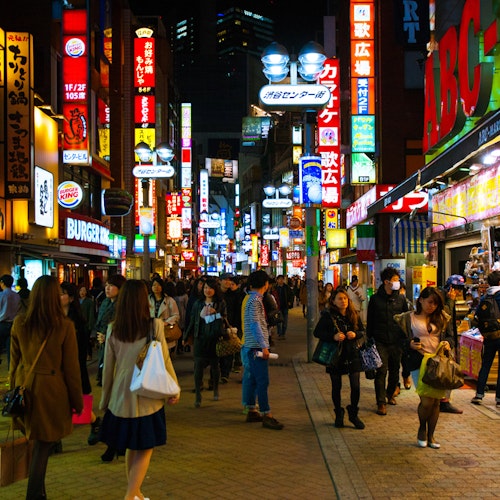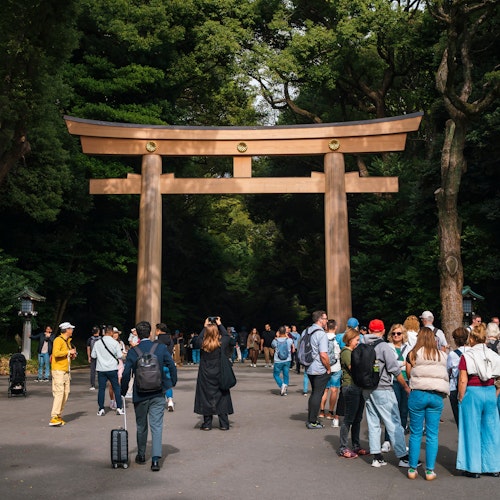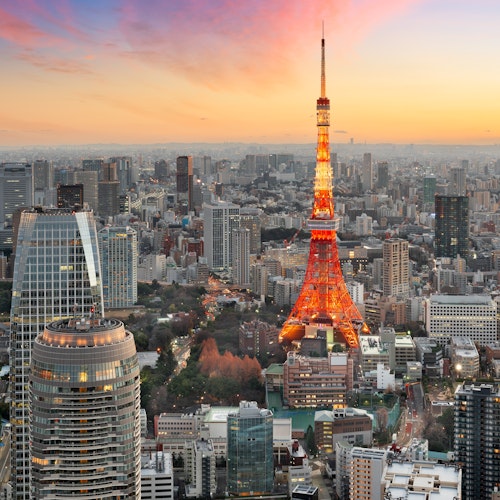

Standing tall at 333 meters, Tokyo Tower is not just an architectural marvel but a symbol that encapsulates Japan's resilience and post-war prosperity. Completed in 1958, this iconic structure was built during a time when Japan was recovering from the devastating effects of World War II. It served as a beacon of hope, highlighting the country's technological advancements and its determination to restore national pride.
The construction of Tokyo Tower marked a significant milestone in Japan's post-war recovery. It epitomizes the rapid economic growth and industrialization that the country experienced in the latter half of the 20th century, often referred to as the "Japanese Miracle."
Today, the tower continues to be a significant cultural icon, attracting millions of tourists each year and featuring prominently in media and pop culture. As we delve into the history and significance of Tokyo Tower, we will explore how it mirrors Japan's journey from post-war devastation to becoming a global economic powerhouse.
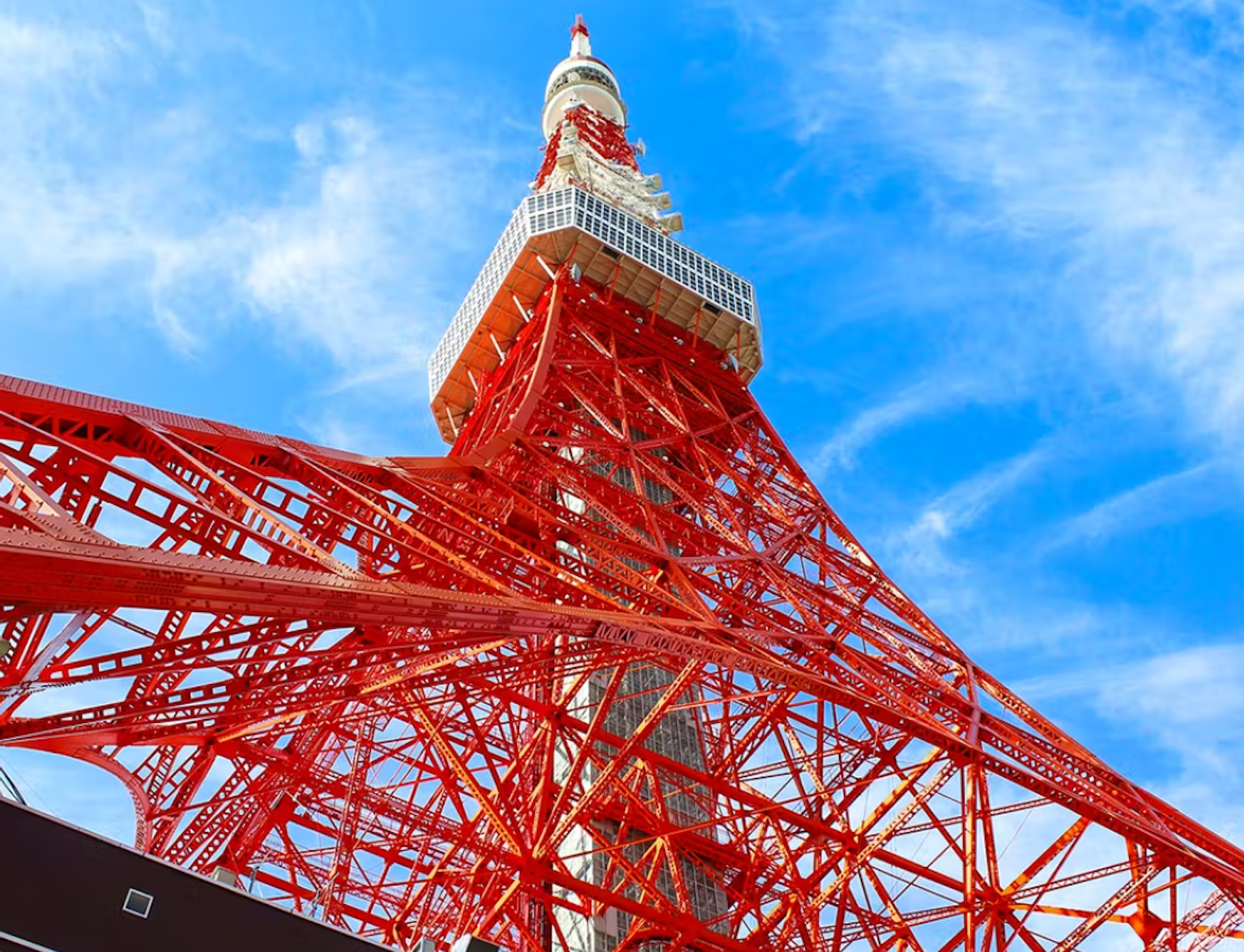
Dive deep into Tokyo's wonders, from the iconic Tokyo Tower to the bustling subway below.
Before World War II, Japan was a nation on the rise, steadily growing its industrial and economic power. However, the war left the country devastated, with major cities including Tokyo heavily bombed and much of its infrastructure destroyed. The country faced a colossal task of reconstruction and revitalization.

In this challenging post-war period, the idea for Tokyo Tower was conceived. Japan needed a powerful symbol to represent its resilience and determination to rebuild. Influenced by the design of the Eiffel Tower in Paris, the concept of constructing a similar tower in Tokyo began to take shape.
The tower would not only serve as a broadcasting facility, replacing the one lost during the war, but also as a symbol of Japan's technological prowess and ambition.
The construction of Tokyo Tower commenced in 1957, a massive undertaking that was fraught with challenges. The project required vast amounts of steel, a resource scarce in post-war Japan. Ingeniously, scrapped tanks and warships from the war were repurposed to provide some of the necessary material.
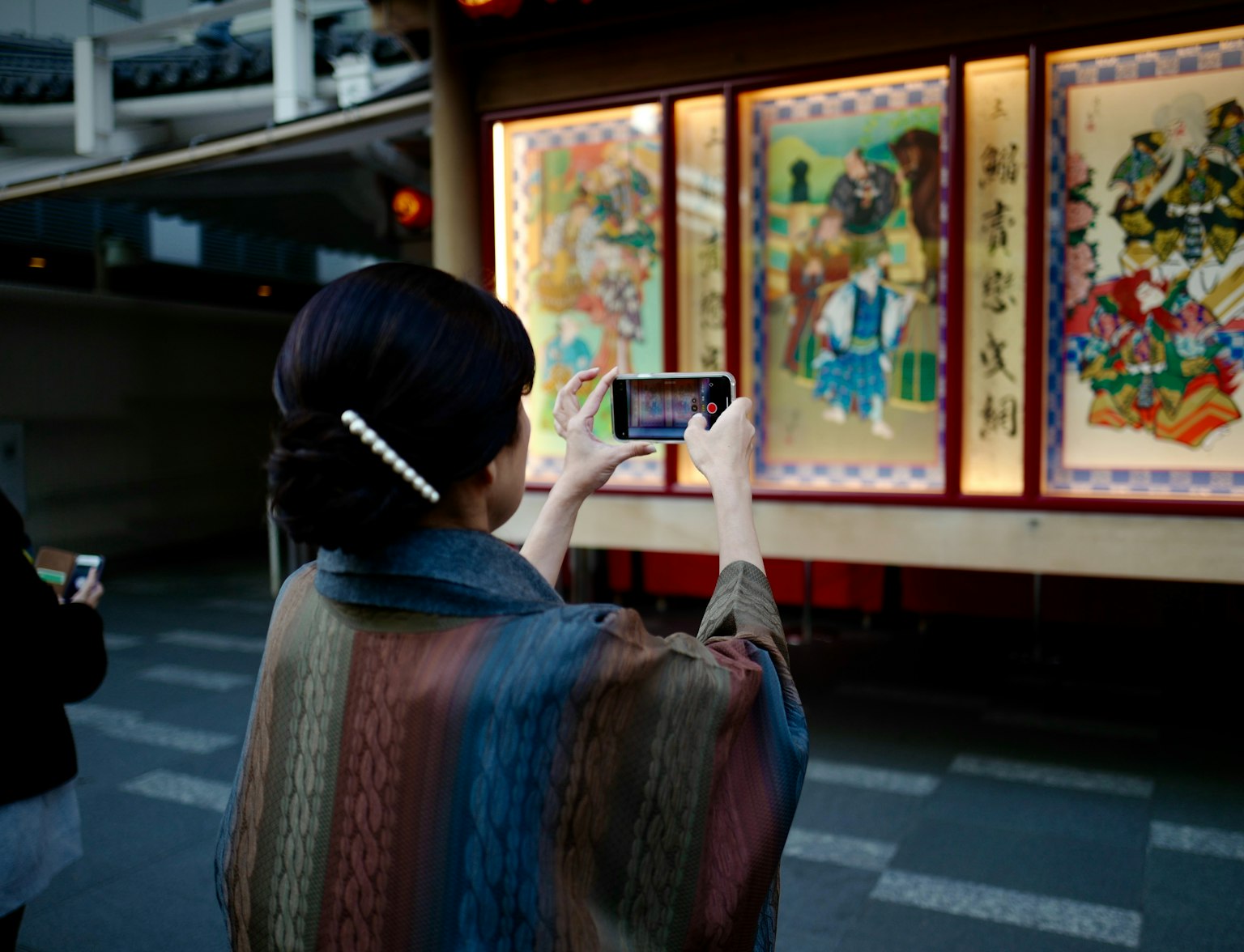
Uncover Tokyo's magic in a thrilling half-day tour! Marvel at panoramic city views, explore ancient temples, and immerse in the city's bustling markets. Start your Tokyo adventure with us for an unforgettable urban exploration.
Building such a tall structure in a city prone to earthquakes and typhoons also posed significant engineering challenges. Despite these hurdles, the tower was completed in just over a year, testament to Japan's remarkable ability to overcome adversity.
The design of Tokyo Tower was inspired by the aesthetic and architectural techniques found in traditional tall buildings. The designers, cognizant of the tower's future significance in the city's skyline, sought inspiration from other iconic structures, particularly the Eiffel Tower in Paris. However, they infused their design with a unique Japanese touch, creating a structure that was both familiar and original.
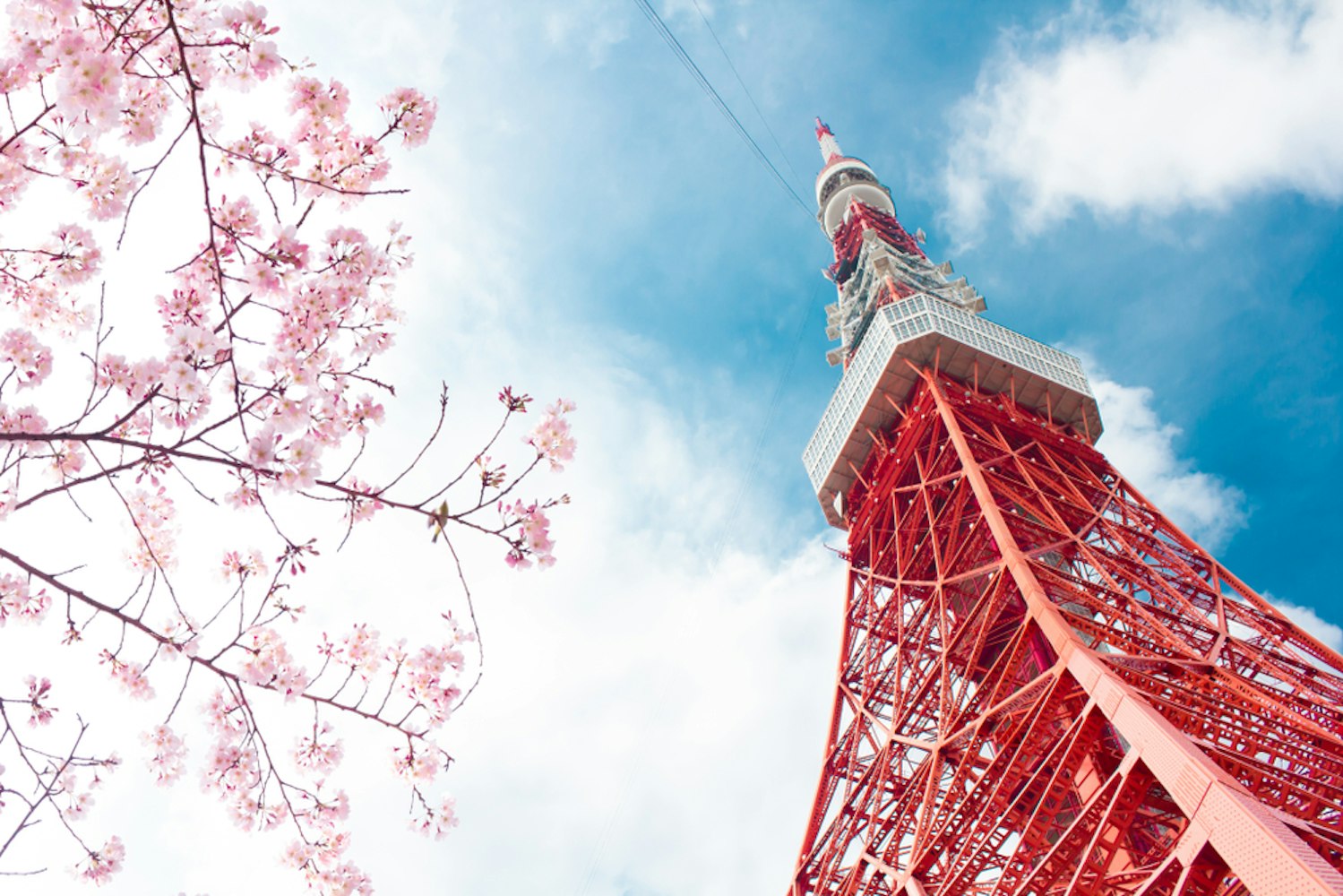
At 333 meters tall, Tokyo Tower was the tallest freestanding tower in the world when it was constructed, surpassing even the Eiffel Tower. It remained the tallest structure in Japan until it was overtaken by Tokyo Skytree in 2012. Beyond its height, Tokyo Tower served multiple purposes.
It was erected as a broadcasting tower, controlling broadcast signals for television, FM radio transmission, and reception, and traffic information. Its vibrant, red and white color is another unique feature, chosen not only for aesthetics but also for aviation safety.
While Tokyo Tower was inspired by the Eiffel Tower, it stands taller and serves a broader range of functions. Where the Eiffel Tower is primarily a tourist attraction, Tokyo Tower has been integral to Japan's broadcasting infrastructure.
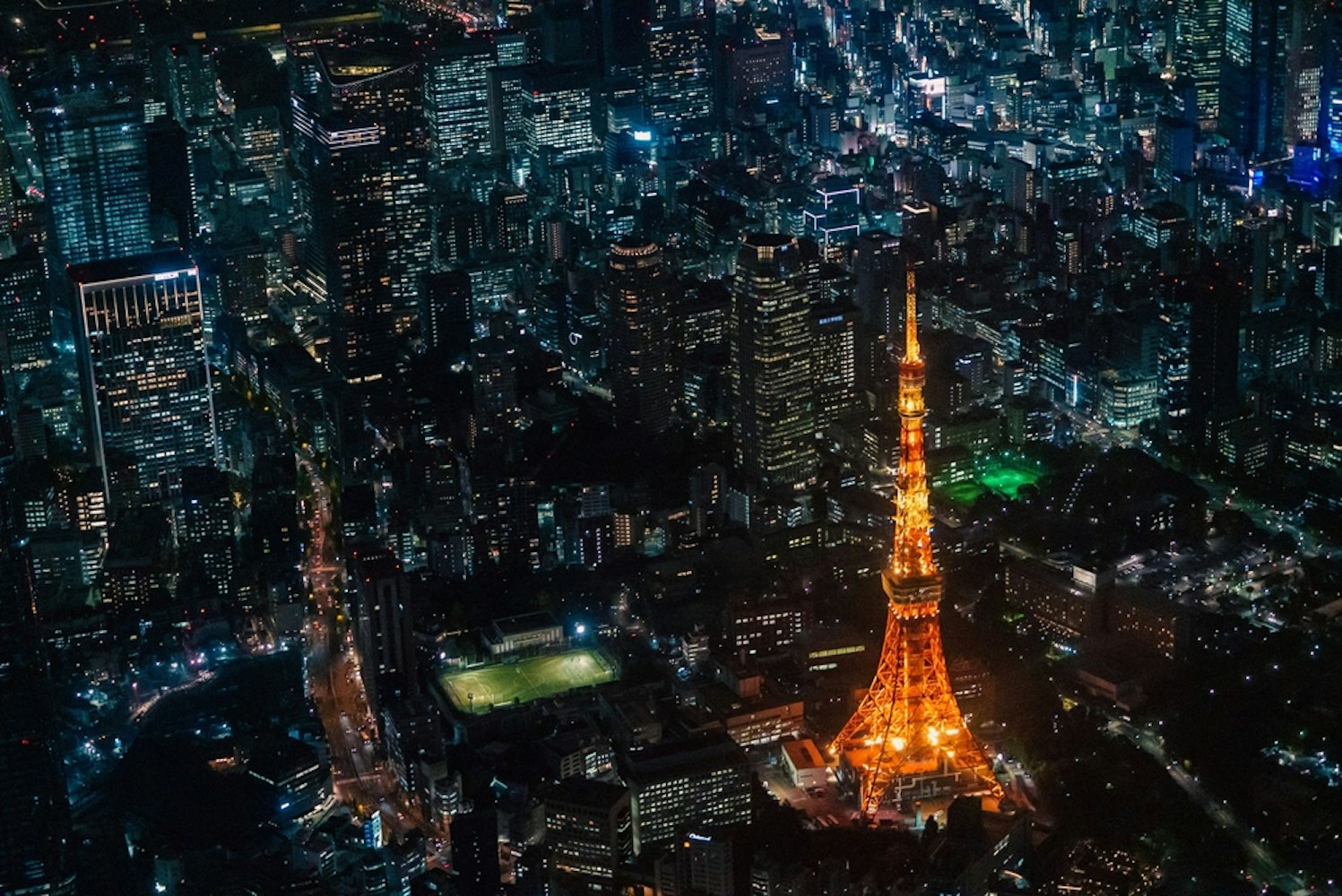
Compared to other tall structures worldwide, Tokyo Tower's design stands out with its lattice structure and vibrant color. Despite being surpassed in height by newer towers like the Tokyo Skytree and the Burj Khalifa, Tokyo Tower remains a significant symbol of post-war Japanese society and its economic success.
In the aftermath of World War II, Japan faced the daunting task of rebuilding a devastated nation. Tokyo Tower, standing tall amidst the city's ruins, became a symbol of national resilience and ambition. It helped to boost the morale of the Japanese people, providing a tangible representation of the country's recovery and progress. The completion of such a monumental project was a testament to Japan's ability to overcome adversity and rebuild stronger than before.
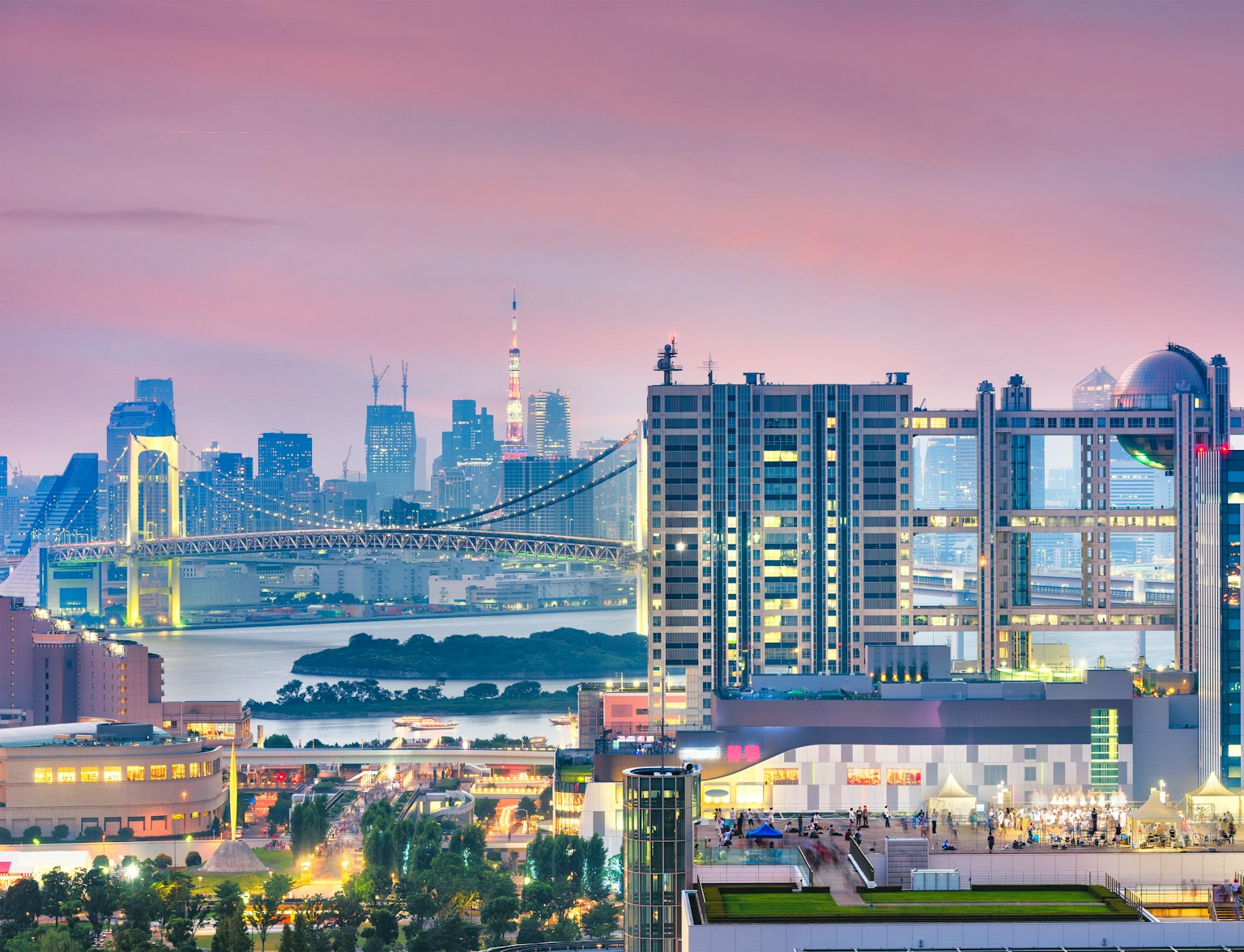
Capture the city's skyline from Tokyo Tower.
Tokyo Tower was more than just a monument; it was a functional broadcasting tower that represented Japan's technological advancements. It was a critical part of the country's communication infrastructure, facilitating the transmission of television and radio broadcasts across the Tokyo region.
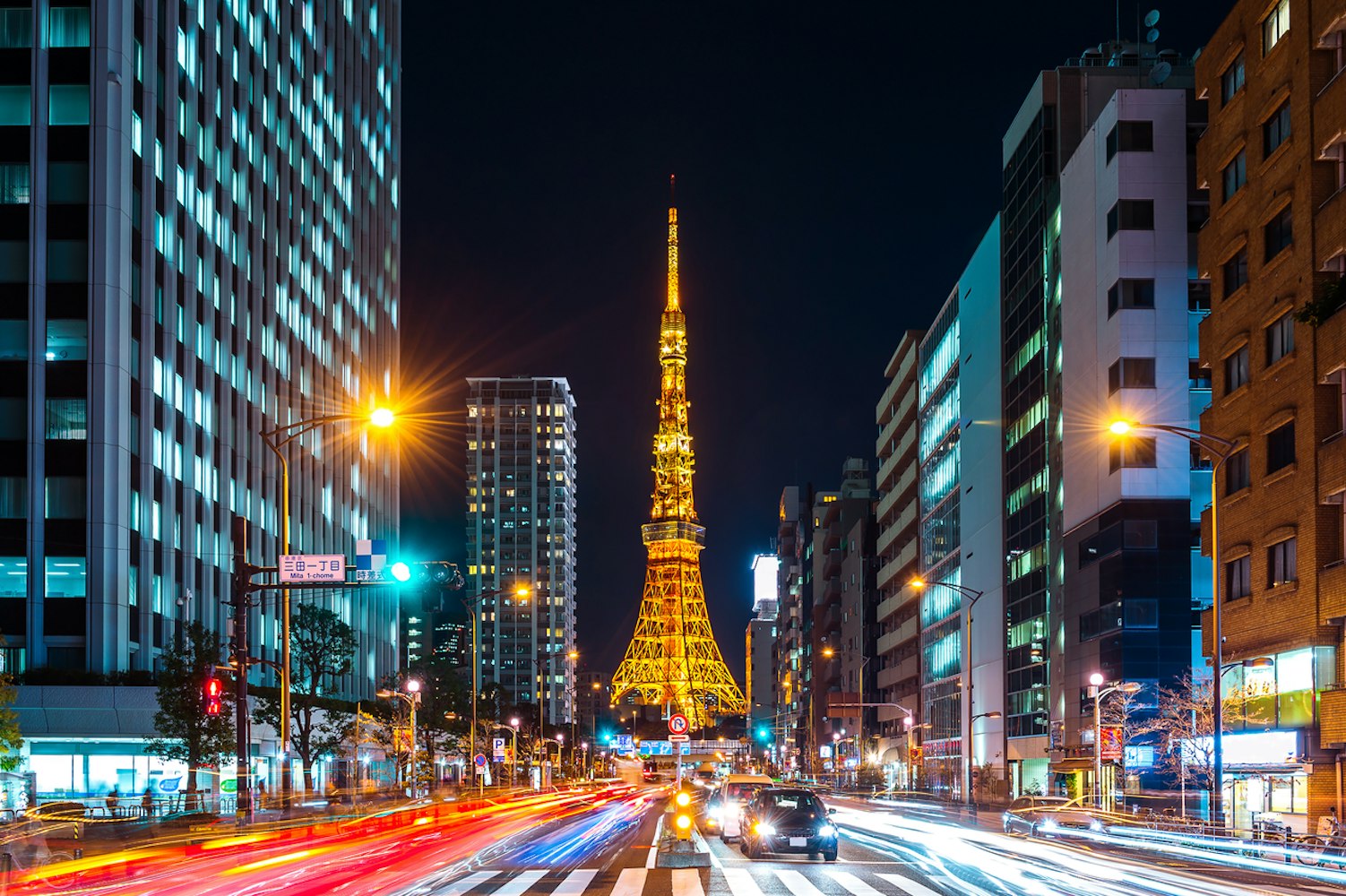
Its construction reflected Japan's industrial capabilities, showcasing the country's ability to execute large-scale engineering projects. It served as a beacon of innovation and progress, symbolizing Japan's emergence as a technological powerhouse in the post-war era.
The construction of Tokyo Tower stimulated economic activity, creating jobs and driving demand for materials and services. Once operational, the tower became a significant tourist attraction, drawing visitors from around the world and contributing to the growth of Japan's tourism industry.
The revenue generated from admission fees, broadcasting services, and associated commercial activities has had a substantial impact on Tokyo's economy. Furthermore, the tower's iconic status has increased the global visibility of Tokyo and Japan, contributing to the country's international reputation and appeal.
Tokyo Tower, with its distinctive red and white design, is not just an architectural marvel but also a prominent cultural symbol. It has been immortalized in countless films, television series, anime, and manga, often representing the spirit and resilience of Tokyo city.
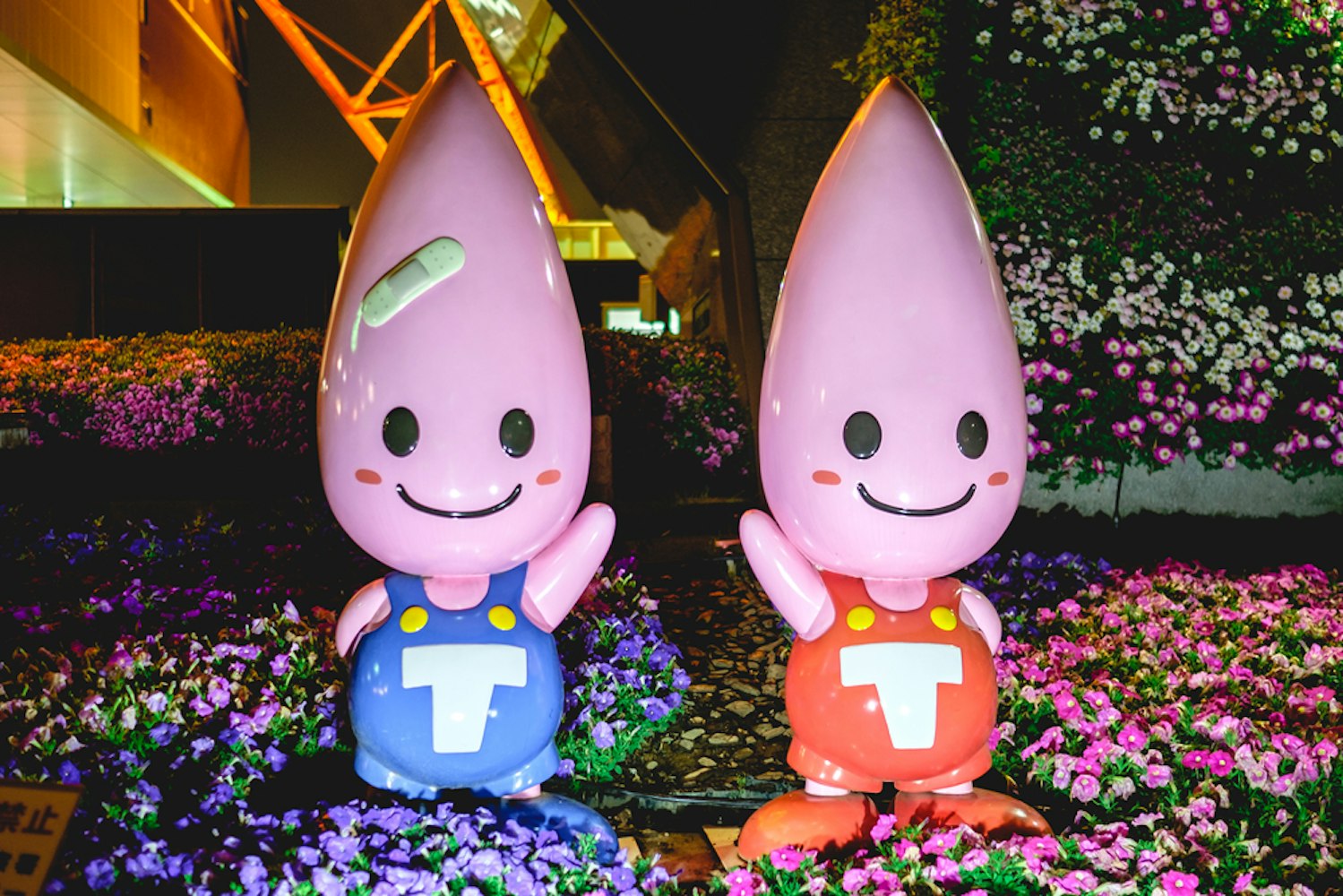
The tower has also influenced various forms of art, inspiring artists to incorporate its image into their work. Musicians have dedicated songs to it, and it has been the backdrop for several music videos, further embedding it into the fabric of pop culture.
As one of the most visited tourist attractions in Japan, Tokyo Tower plays a significant role in the country's tourism industry. Its two observation decks offer breathtaking views of the city, attracting millions of domestic and international tourists each year.
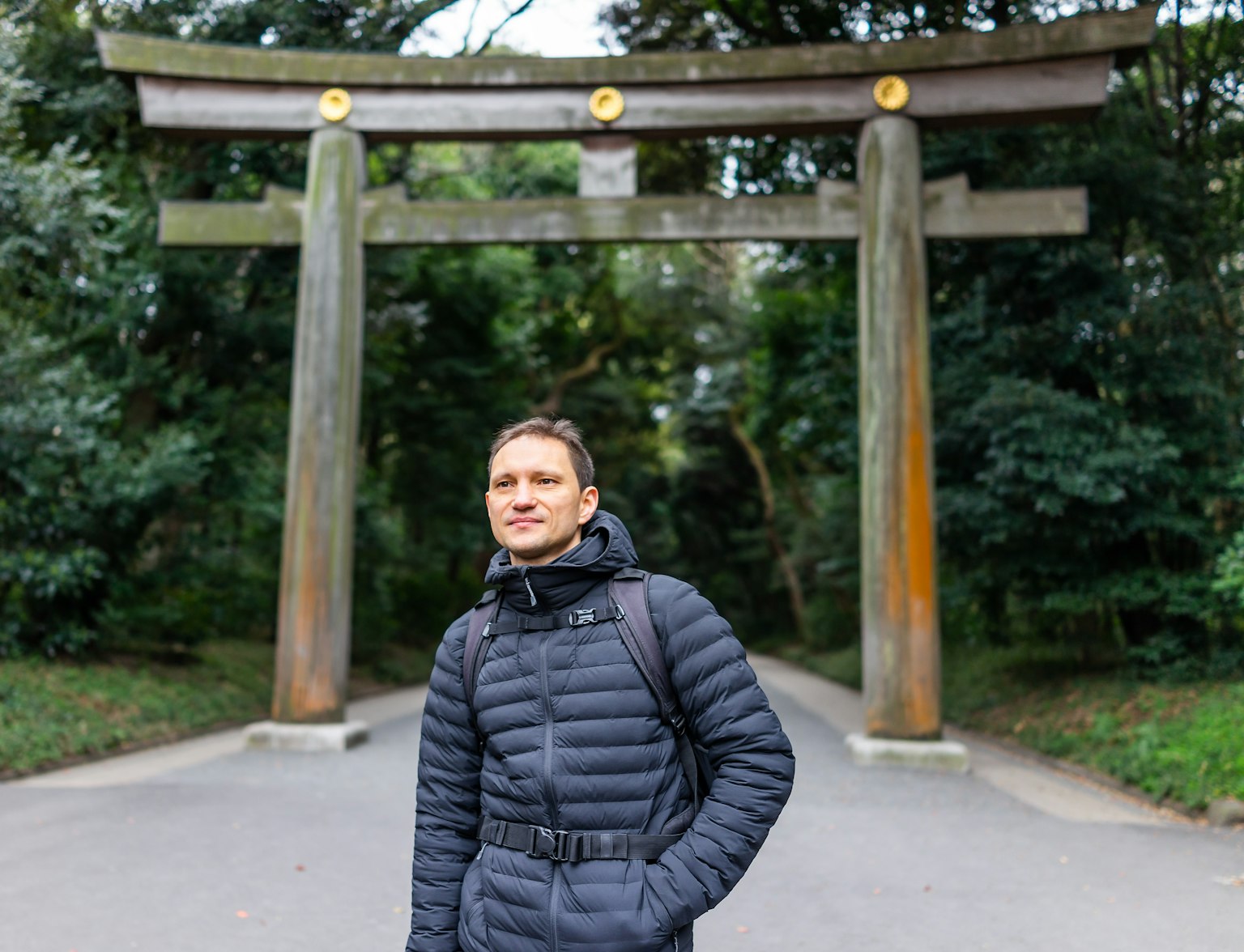
Take in the breathtaking views from the tower's observation decks.
The revenue generated from ticket sales, along with the income from its various restaurants, shops, and museums housed within the tower, significantly contributes to the local economy. It also indirectly supports the hospitality industry, as many tourists plan their stay around visiting this iconic landmark.
Tokyo Tower is more than a sightseeing spot; it's a gathering place that hosts a variety of events and celebrations throughout the year. From New Year's Eve countdown parties to illumination events marking different occasions, the tower is at the heart of many of Tokyo's major festivities.
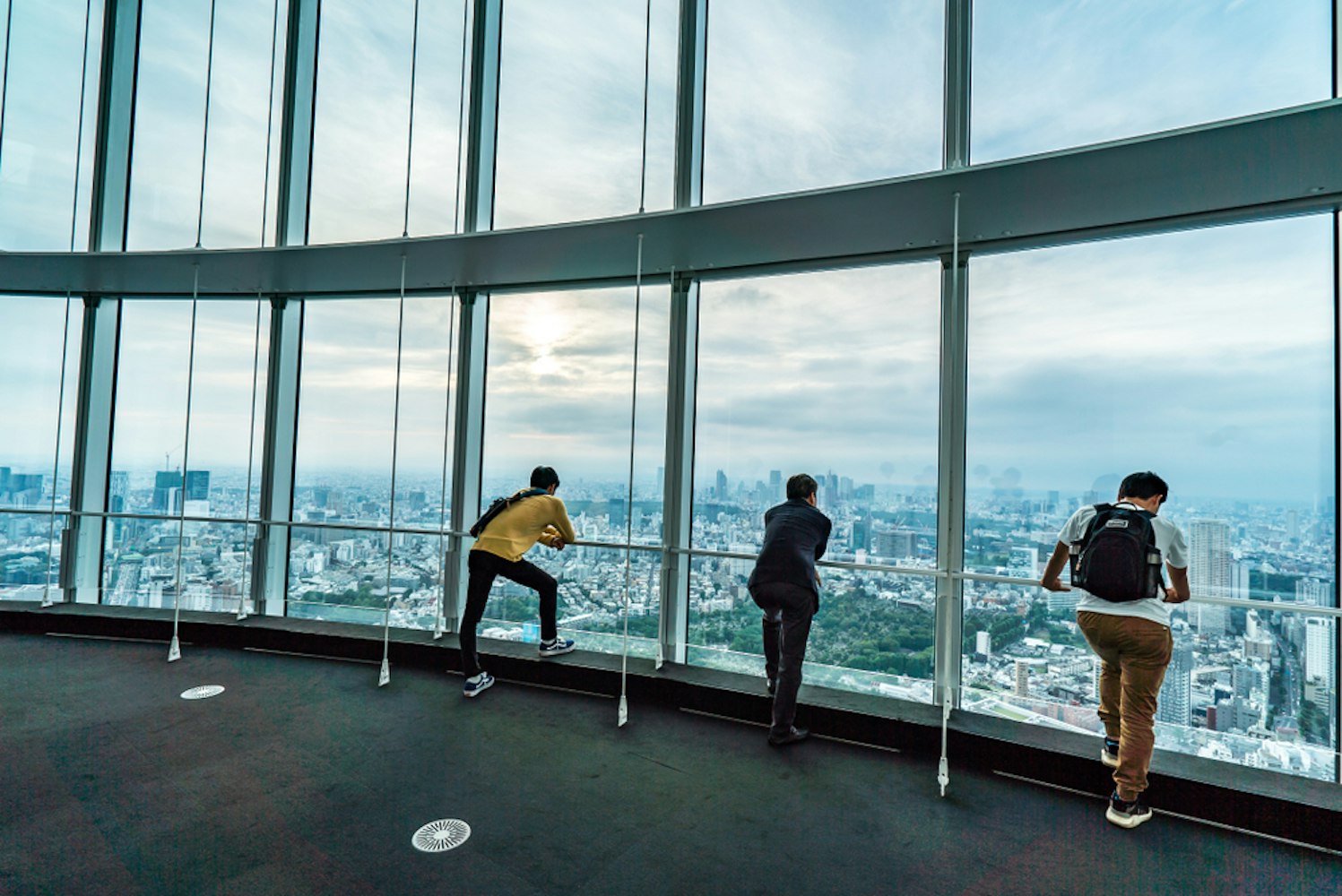
Additionally, it has been the venue for charity events and marathons, and it regularly participates in Earth Hour, going dark to raise awareness about climate change. These activities help to foster a sense of community and make Tokyo Tower a living, breathing part of the city's cultural life.
The Tokyo Tower, beyond its physical grandeur, stands as a powerful symbol of Japan's post-war recovery and prosperity. It's not just an architectural marvel, but a beacon of hope and resilience, embodying the nation's ability to rise from adversity and forge a path of progress.
As we wrap up this exploration, let's hold onto the inspiring lessons that Tokyo Tower imparts. Until our next narrative, may the spirit of Tokyo Tower guide your steps towards resilience and prosperity.
